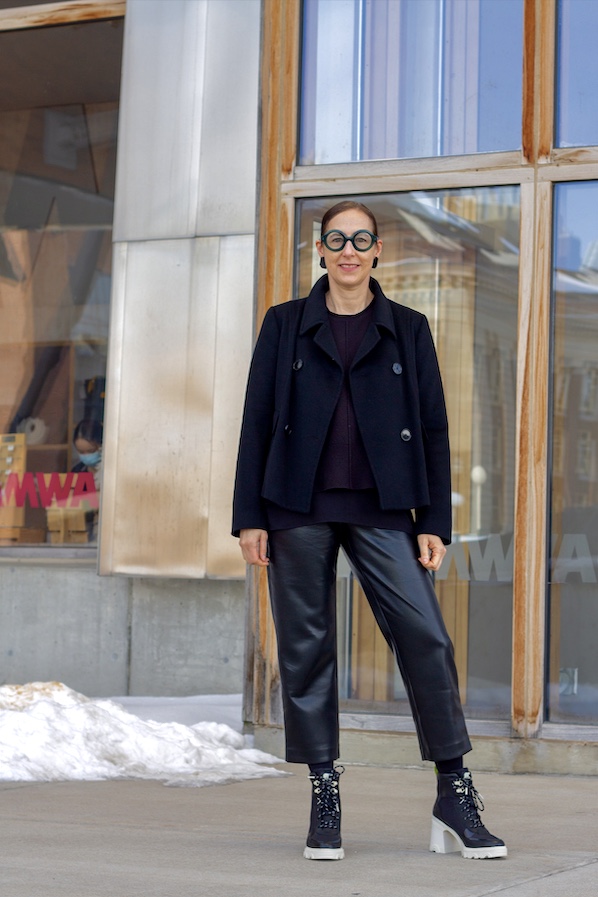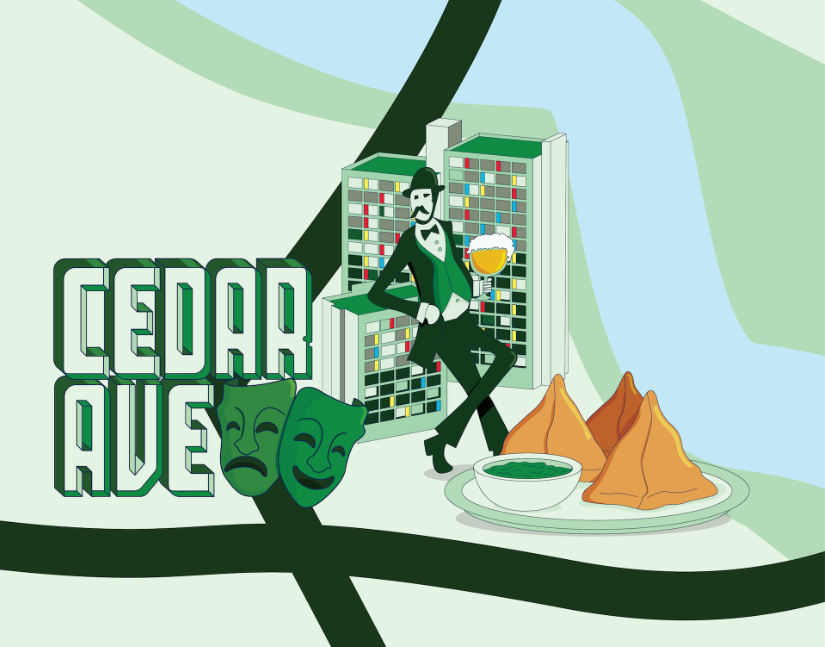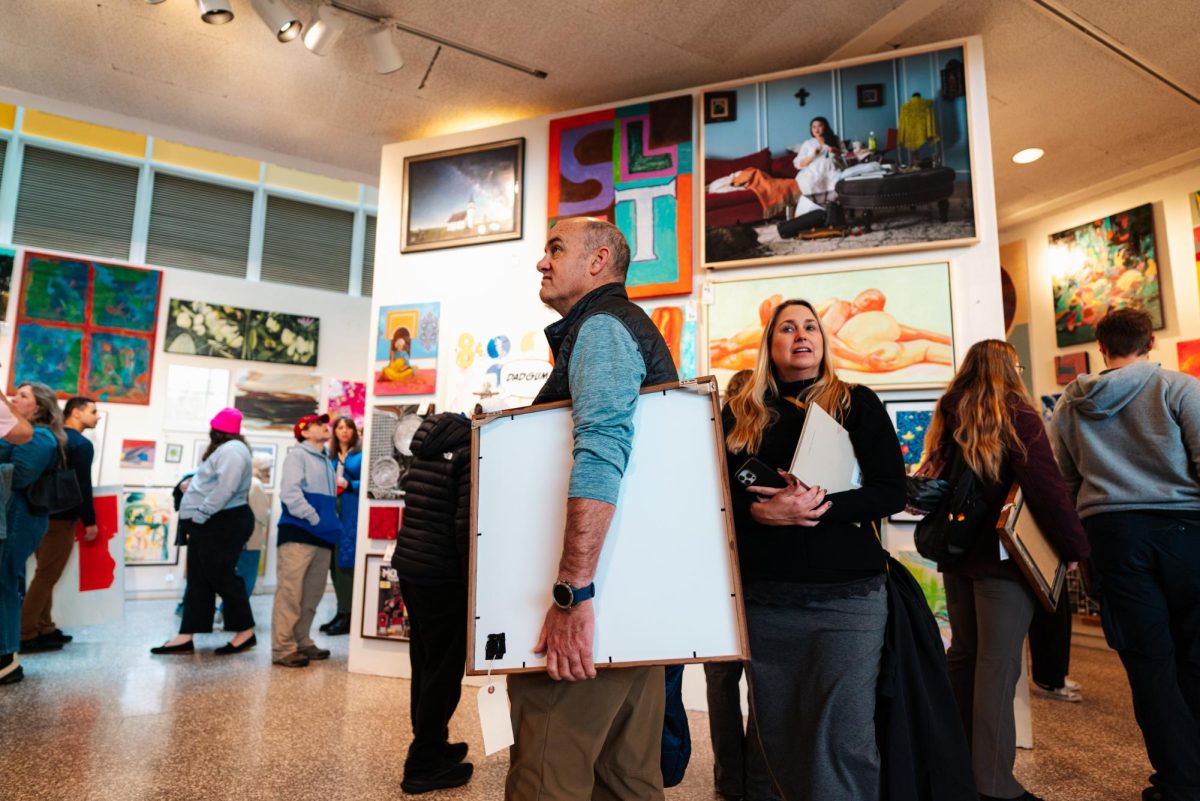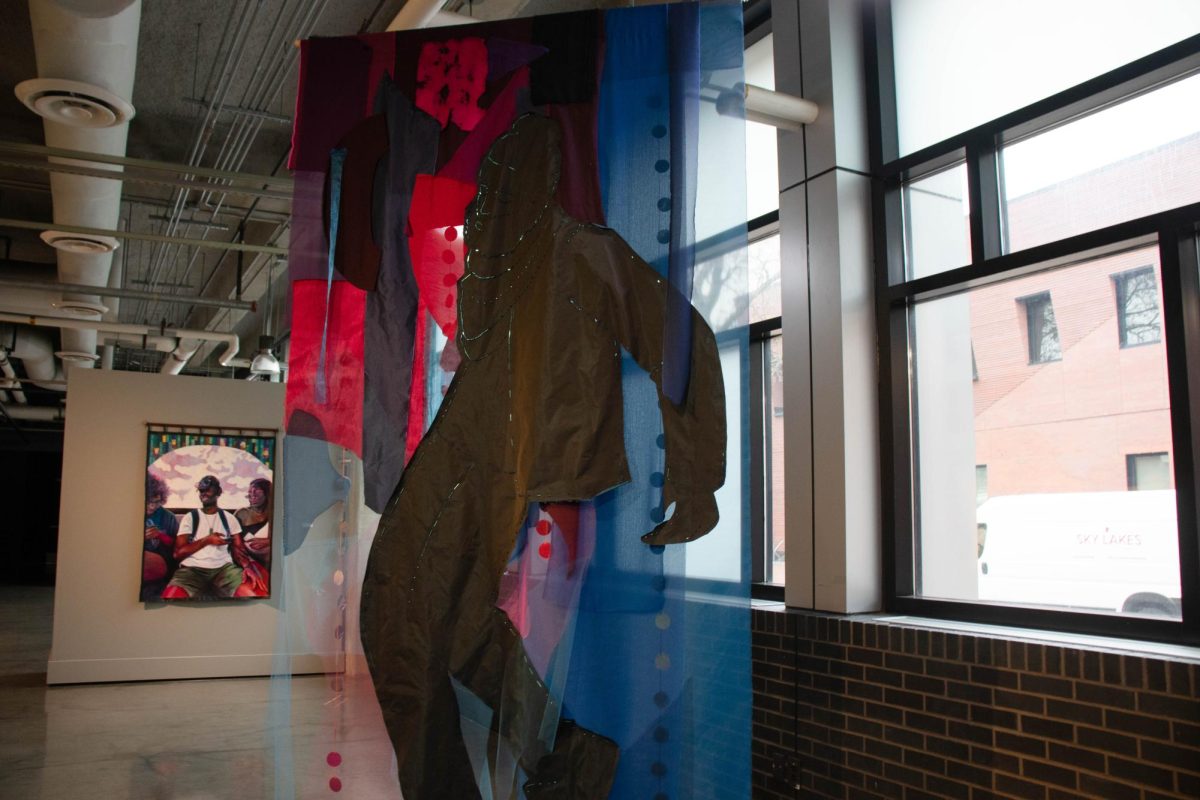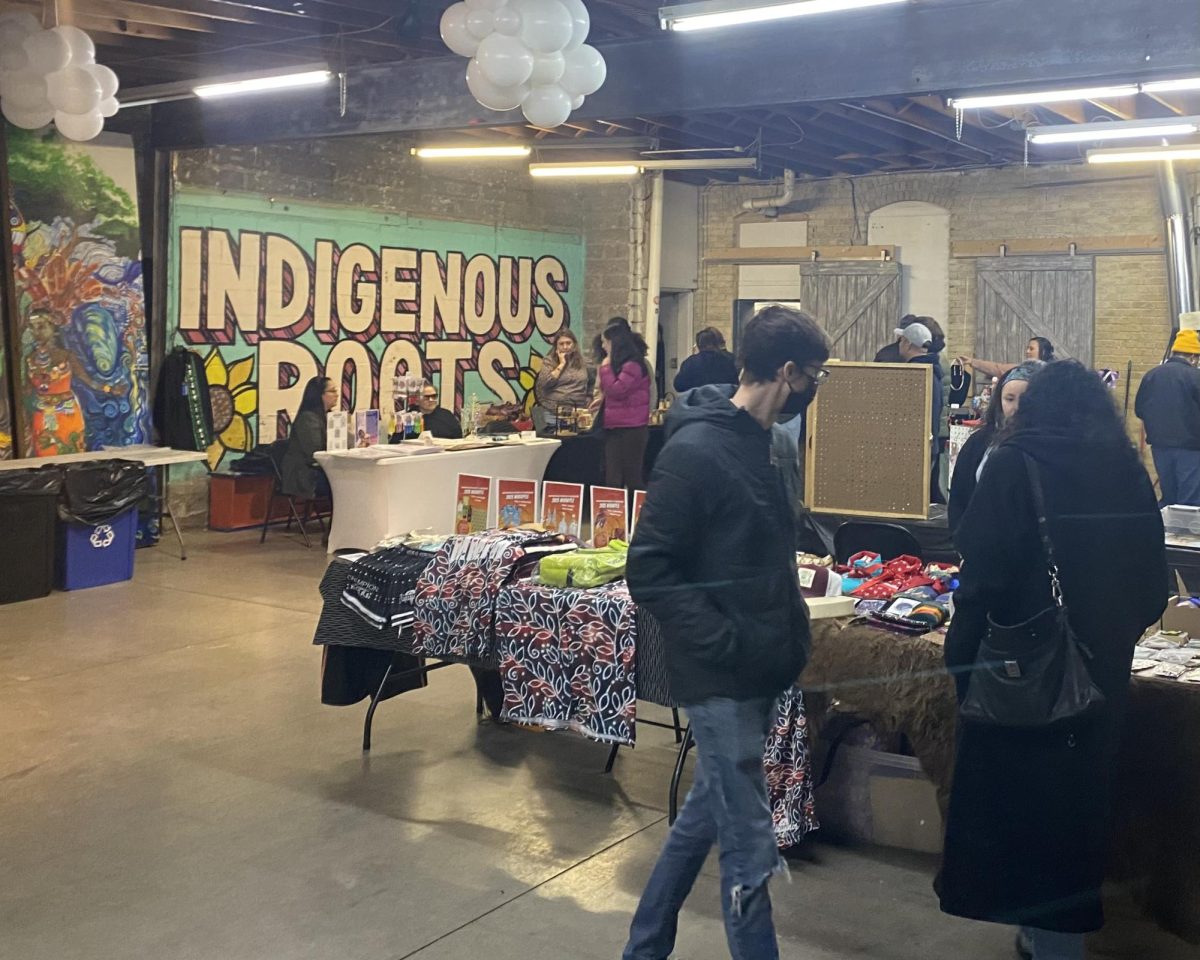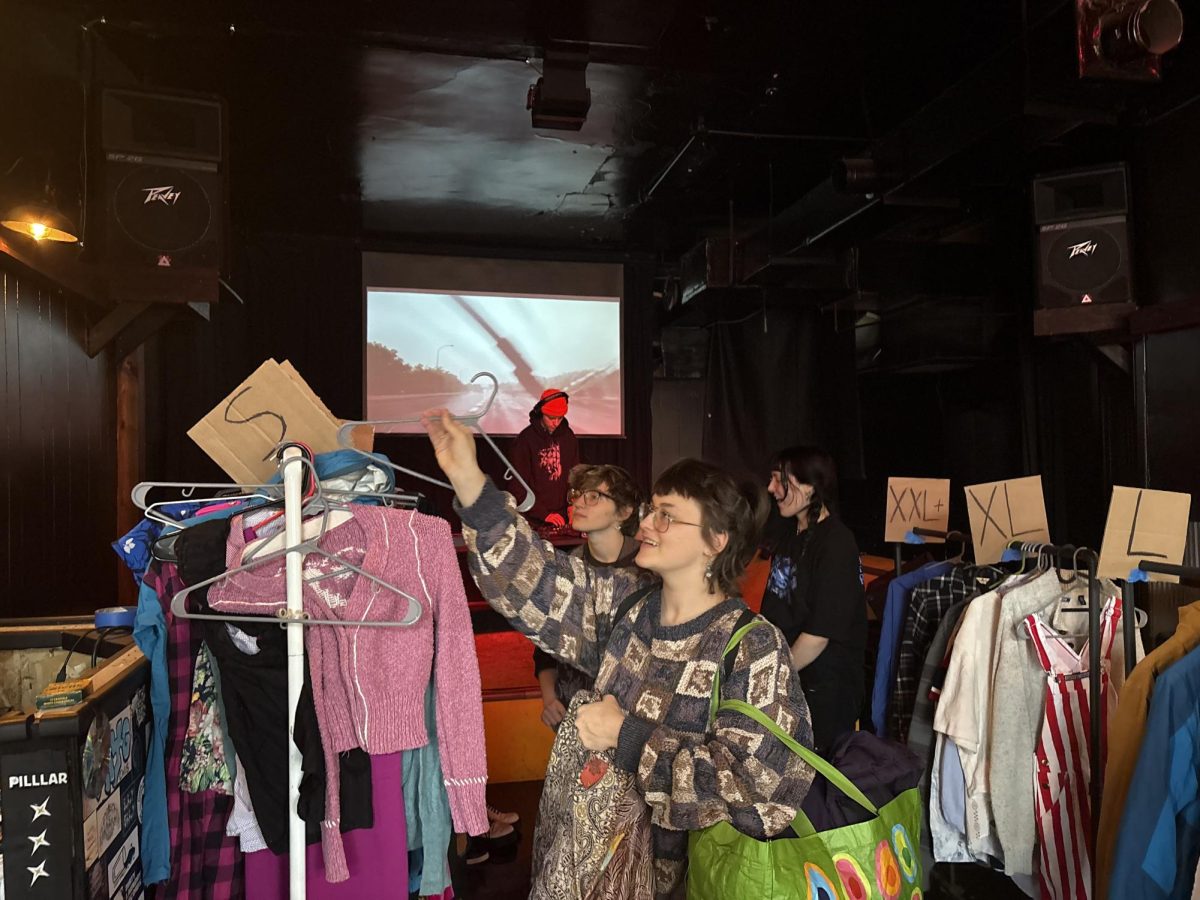To Alejandra Peña-Gutiérrez, museums are much more than just historic institutions. She sees them as essential resources that adapt to meet the ever-changing needs of their surrounding communities, which is just one philosophy that will influence her work as director of the Weisman Art Museum (WAM).
Peña-Gutiérrez is an accomplished leader in the international art world. After studying architecture and earning a master’s degree in art history, she served as the head of art museums in Mexico and Puerto Rico, is currently a member of the Association of Art Museum Directors and serves on the International Council of Museums’ (ICOM) U.S. board. She recently embarked on the next chapter of her career when she assumed the role of WAM’s director in November 2021.
After several months of closure due to building maintenance, the WAM fully reopened on Jan. 19. In addition to the permanent collection gallery, visitors can check out two new temporary exhibitions on display: “Foundling: 100 Days” and “The Nature of Shoreham Yards.”
A&E chatted with Peña-Gutiérrez about her move to Minnesota from Puerto Rico, the visions she has for WAM’s future and more.
What made you want to work in museums originally?
“I actually got invited to work in a museum in Mexico as an architect, and that was really interesting. At the same time, while I was doing my master’s in art history, I had a teacher who was the director of Museo de Arte Moderno in Mexico City. She said she would be interested in having me apply for a curatorial position there, so that’s how I kind of left my architectural background and started working more in art history and museums.”
Where did your career take you from there?
“I entered this universe in Mexico that had a lot of possibilities, which is the National Institute of Fine Arts. It’s basically one of the largest institutions that not only does research, but also promotes creation and education in the arts. That’s where I sort of developed my career in this respect. Then I moved to Puerto Rico, where I spent almost the last 10 years working at Museo de Arte de Ponce. I started as deputy director, and was later appointed director of the museum.”
What pushed you to make the move to Puerto Rico?
“I really liked the work in museums because I felt that you could establish a more direct rapport with your community. So when this opportunity to move to Puerto Rico came, I just went for it.”
Has the opportunity to work with art from various parts of the world taught you anything about the roles, responsibilities and ethics behind museums?
“I really think that in art, as in anything, it’s important to stay connected and to know what’s happening globally. Not just what’s happening in terms of artistic creation, but also questions about the relevance of museums, how museums are changing, how their visions should change and how we’re adapting to the expectations of our communities.”
How will this influence your work at WAM?
“I would like to bring that discussion on the future of museums to WAM. How do we change? How do we become more relevant to our communities? How do we address some of the day-to-day problems that our communities are facing?”
I’m interested to find out what sparked your interest in this position. What were some of the things about WAM that you were drawn to?
“There were various things. The fact that it’s part of a university where there are so many resources and all of this young energy. You’re surrounded by young people who, at the end of the day, are the future of the field and of the world. I was also very much attracted to the diversity of the Twin Cities, and how having the Twin Cities be the epicenter of the Black Lives Matter movement would inevitably have an impact on everything.”
How has your move from Puerto Rico to Minnesota been so far? That’s a big change.
“It’s been great, my staff has been amazing. Even before I started, they organized a sort of happy hour so that I could meet with them. I’ve also been super welcomed by the directors of other museums in the Twin Cities, which has been incredible, and in general by the University community. Even other Mexicans and Latinos that are here have reached out to me, so I’ve gotten together with some of them and it’s been really nice.”
What are your day-to-day responsibilities looking like as WAM’s director?
“I think my main responsibility, at least for now, is to observe and see what the team has been doing. It’s been a very difficult time for everyone with the pandemic and the fact that the museum was closed for so many months. So I think another responsibility is really to bring the team together, and to work on a vision for the museum. And then of course, I have to raise money. Every museum director has to be involved in the development part of things.”
What are some of your visions for WAM’s future under your leadership?
“I would like to think that we could have a closer relationship with the University and its resources, as well as the students. I want them to feel like they’re included, and that they have a voice and a presence at the museum. I would really like to see this through collaborations where the students and their work is included. I also think we have a responsibility towards the diverse underrepresented communities in the Twin Cities, and I would like to strengthen the relationship with them. It’s important to collaborate with organizations that are already doing certain work, and see how we can come together and do things that will benefit the community. There are certain important subjects that I feel we have to address, like mental health and climate change. As times are changing, and the relationships of museums with their communities are also in a process of transformation, I think we have to look into that and see how we can become more relevant to the communities within our university and city.”
This interview has been edited for clarity and length


